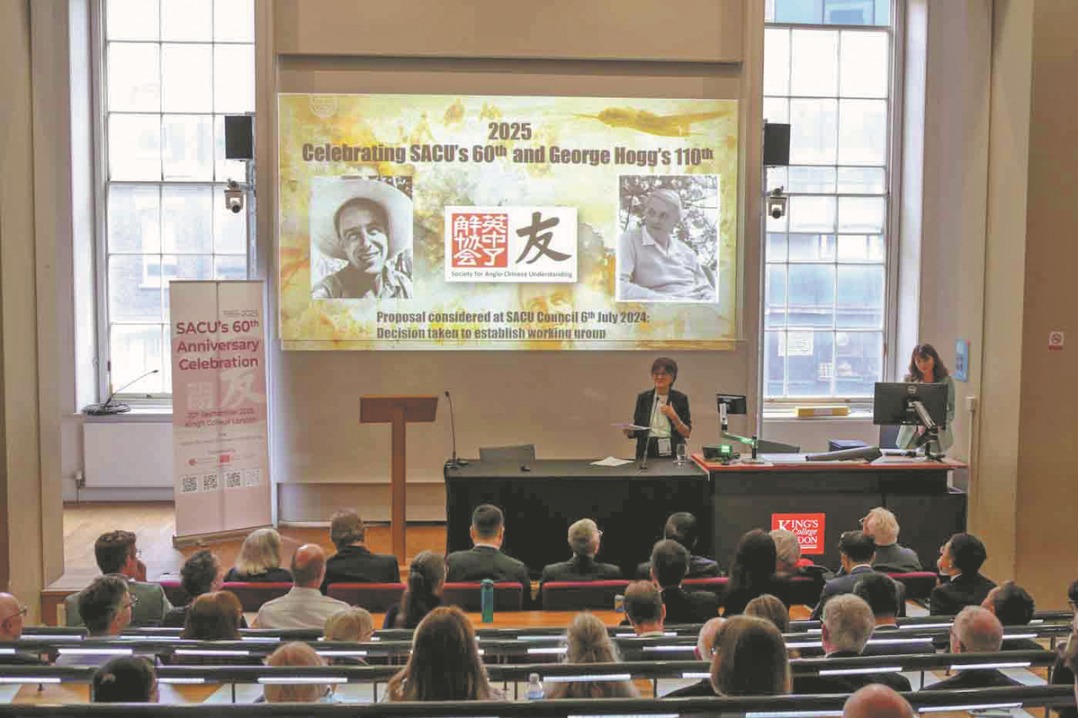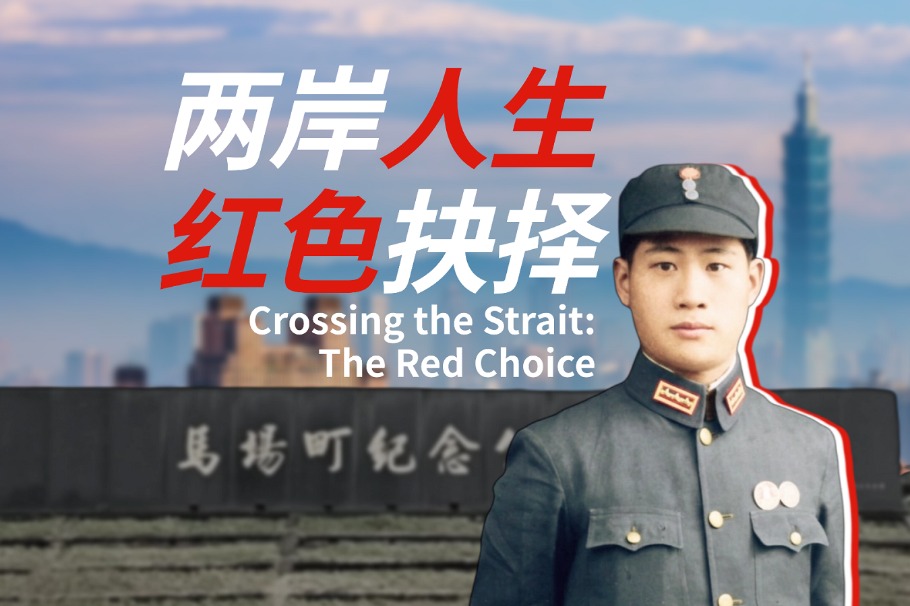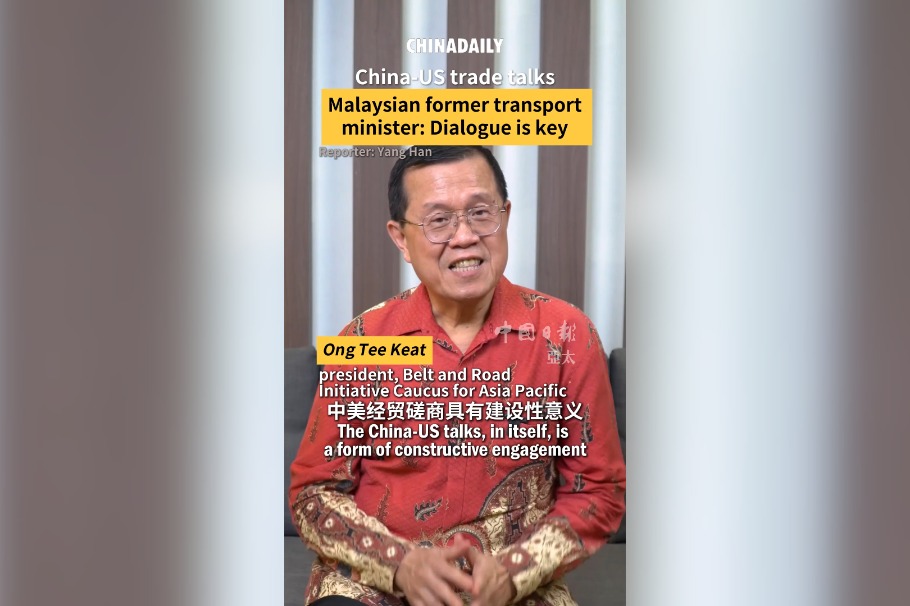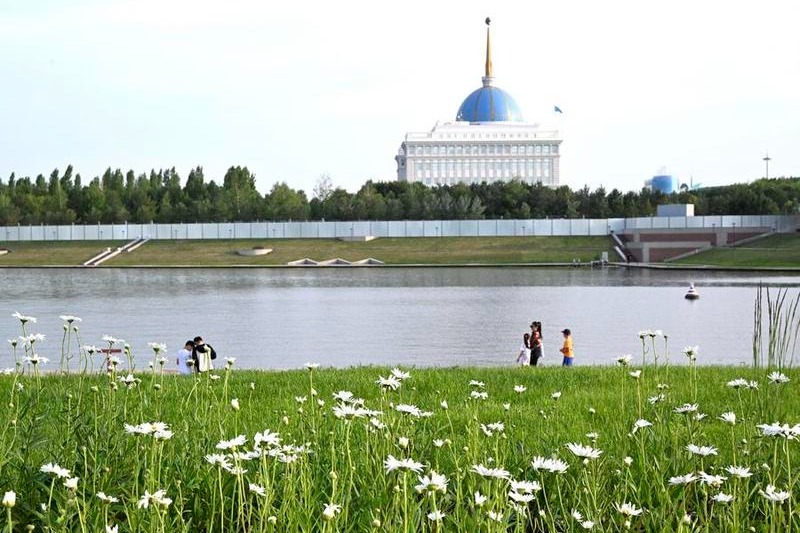Enriched financial facilities

Editor's note: This article is part of the Preview Policy Report for the 2018 Beijing Summit of the Forum on China-Africa Cooperation, to be published by China Watch, China Daily's think tank.
The destinies of China and Africa have long been bound together, with closely interwoven common interests and successful cooperation. The long and vigorous friendship between China and Africa is set to have new implications. Since the Belt and Road Initiative proposed by President Xi Jinping in 2013, economic and financial cooperation between the both sides has achieved historic success.
China and Africa, by following the principles of honesty, sincerity and mutual benefit, have been focusing on promoting industrial cooperation, and financial and trade investment. The two sides are wrestling with two development bottlenecks–outdated infrastructure and lack of talent, and are driving financial cooperation to a new level.
Apart from the terms of “EPC+F” (engineering, procurement and construction plus financing), financing facilities between China and Africa have been enriched in recent years. With more equity investment, more financial support has been provided to African countries without adding extra burden. In 2015 after the Johannesburg Summit, China set up the China-Africa Fund for Industrial Cooperation, or CAFIC, with equity investment as the major instrument, supplemented by financial instruments including bonds, convertible debt and loans. The fund, being market-oriented, specialized and international, provides support to key sectors like manufacturing, hi-tech, agriculture, energy/mining, infrastructure and financial partnership, enabling hundreds of China-Africa projects to be implemented. China has been the largest trade partner, the largest investor and also the largest infrastructure financing provider to Africa. In 2017 trade between the two sides reached $170 billion; the registered stock of non-financial direct investment by China was over $40 billion, and over 10,000 Chinese companies are doing business in the continent, involved in infrastructure construction projects such as the Mombasa-Nairobi railway, the Addis Ababa-Djibouti railway and the hydroelectric plant in Soubre, which bring benefits to locals. More than 300,000 employment opportunities have been created, and more than two thirds of Chinese businesses provide skill training to local employees.
The vulnerability of emerging economies is usually associated with debt. Depending on external debt for development will easily lead to debt and currency crises, affecting macro stability and investor confidence. As early as 2016, to reduce budgetary dependence on external debt up to 72 percent, the African Union introduced a program, Alternative Source of Funds (ASF), and decided to impose a 0.2 percent import levy into the pool of funds for critical projects, which will generate long-term source of funding up to $1.4 billion annually. Besides, supporting export-oriented industries and attracting FDI are also an excellent means to tackle debt woes. It could bring about the development of an export-oriented economy for more foreign exchange earnings, introduce advanced technology, management experience, and raise economic growth.
Investment projects in Africa often carry numerous risks and uncertainties. Some countries suffer from political turmoil, exchange rate misalignment, stringent foreign exchange controls, soaring inflation, slumping economic growth and limited exit options. Due to the deteriorating investment climate, numerous mature investment projects are stalling. So certain recommendations are listed below targeting the identified risks.
First, to manage and avoid several risks, we suggest management and decision-making mechanisms be lucid, concise, and reliable, with canonical examination at every step.
Second, we also recommend the due diligence on countries, companies, and specific projects, since we believe that they are the keys to succeed in risk management.
Third, when it comes to the asset allocation and investment management, we should usequantitative analysis to target project returns as well as risks. By deploying these qualitative and quantitative measures, we believe that we are well-equipped to successfully foresee and target risks.
The Chinese people are working hard on the great rejuvenation of China, and the African continent is also committed to making the African dream come true as depicted in Agenda 2063.Committed to China-Africa industrial cooperation, CAFIC, with our primary function in equity investment, will continue to support the industrialization of African countries and cross-border use of the renminbi, focusing on financing Chinese companies' investment and trade in Africa, with optimal resource allocation and risk management.
Han Hongmei is chairperson of China-Africa Fund for Industrial Cooperation. The author contributed this article to China Watch exclusively. The views expressed do not necessarily reflect those of China Watch.
All rights reserved. Copying or sharing of any content for other than personal use is prohibited without prior written permission.
































